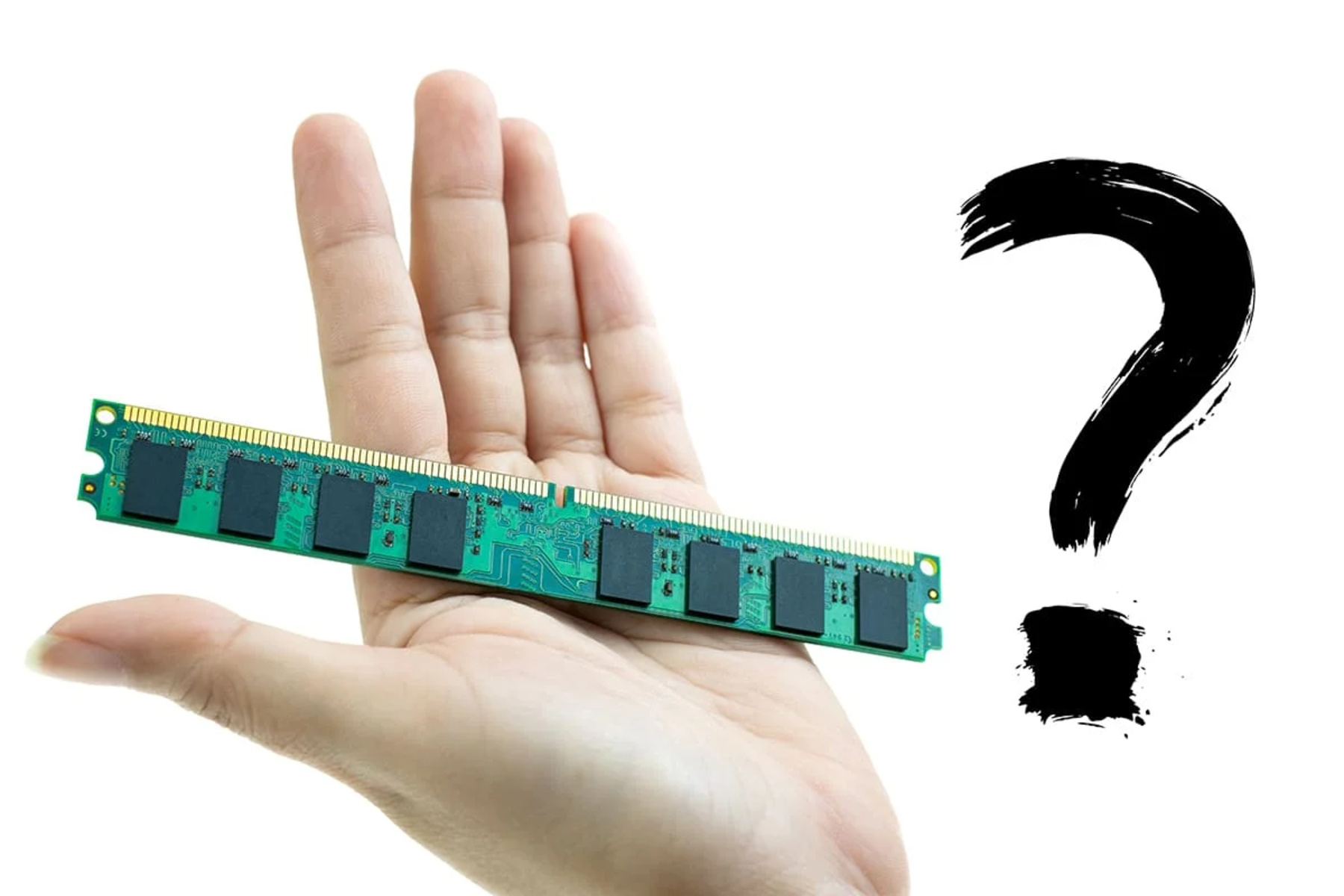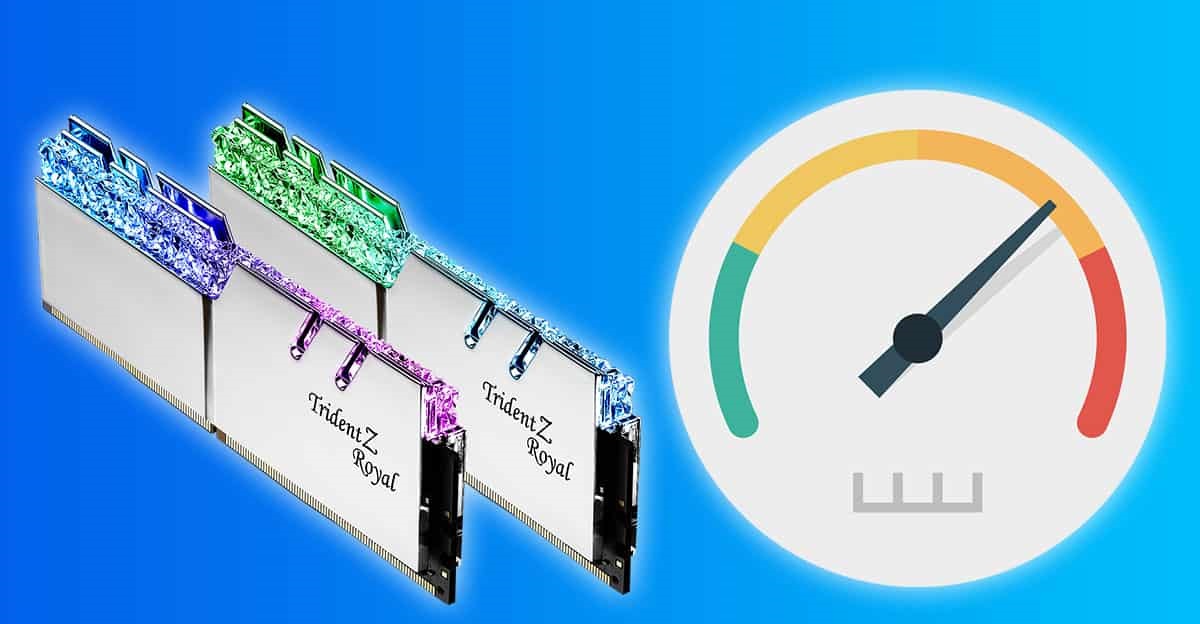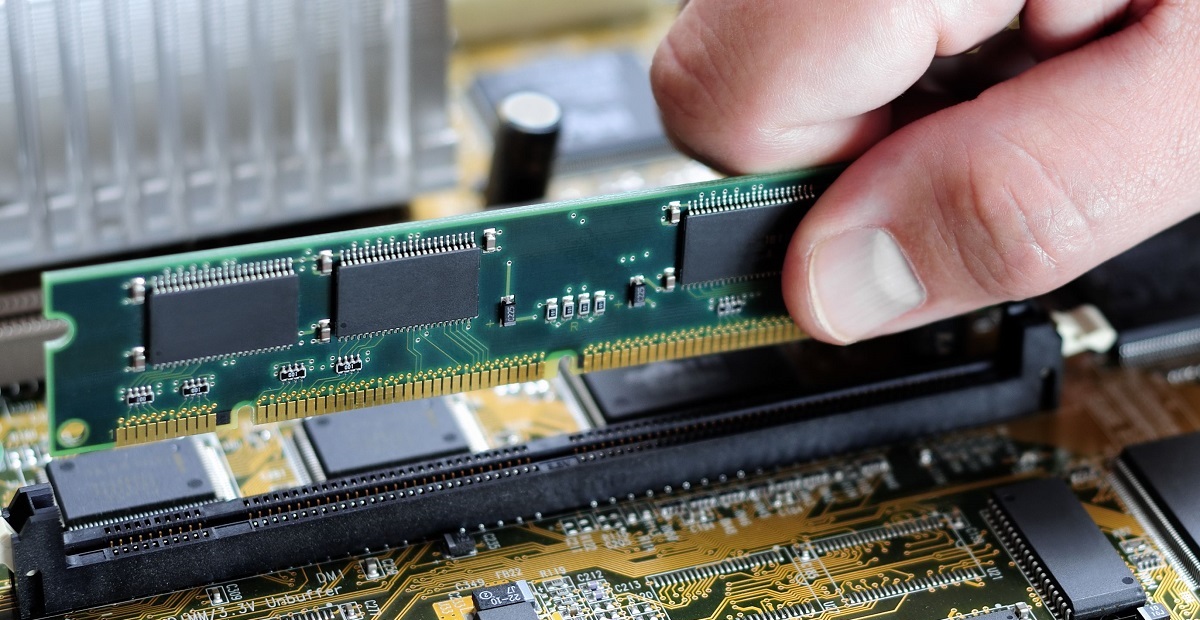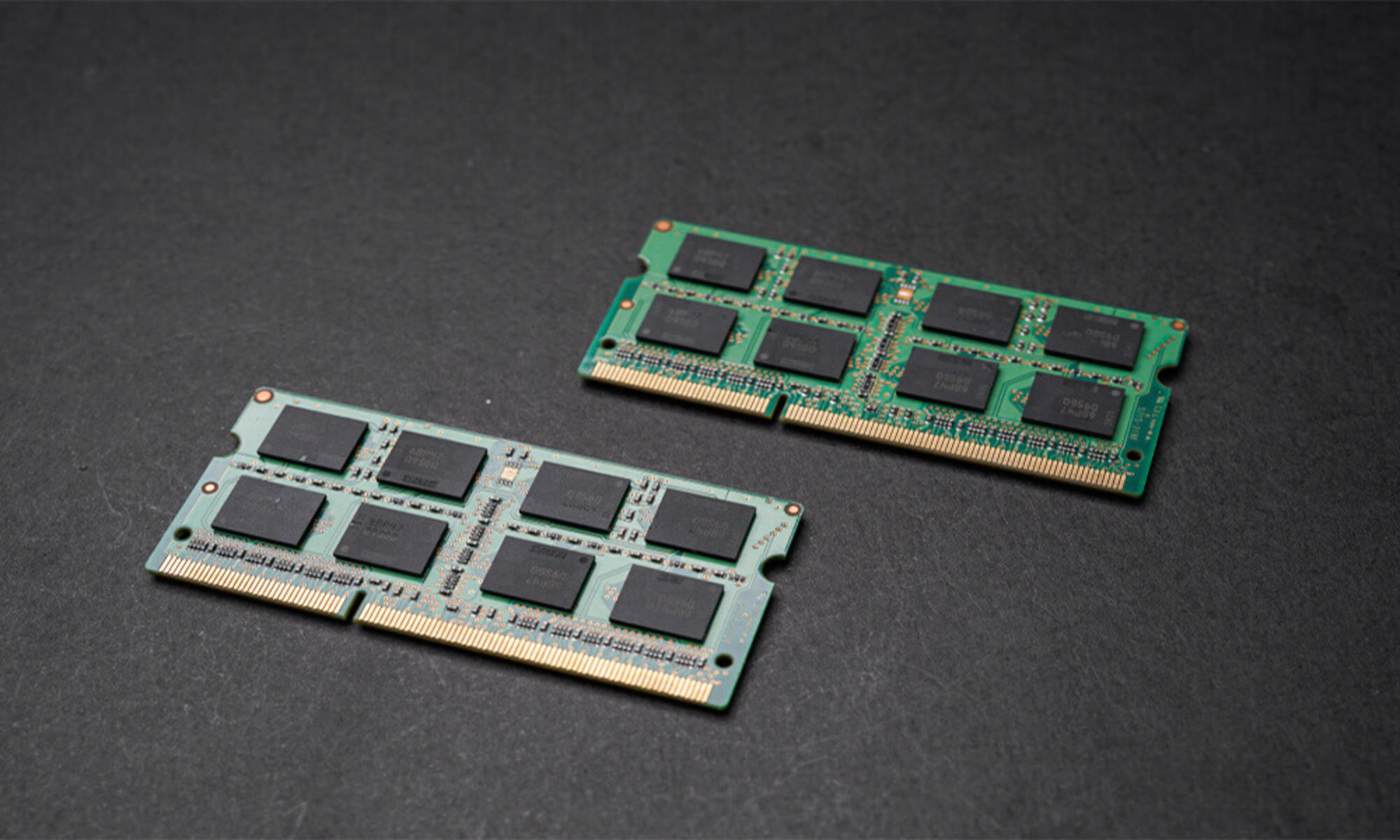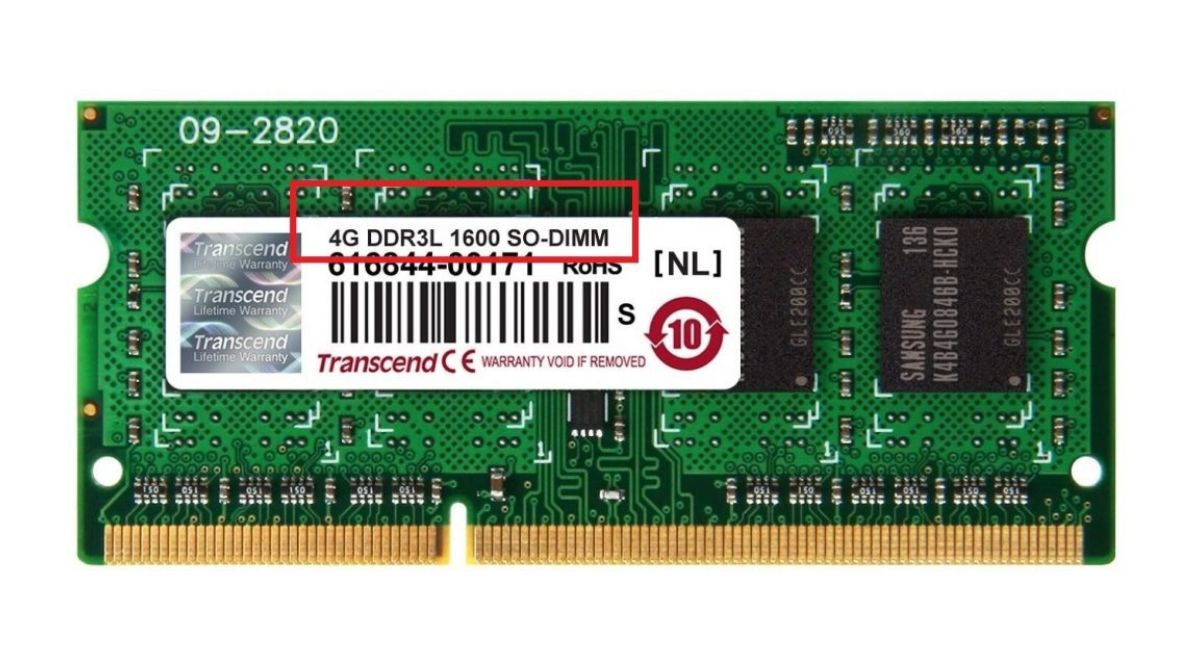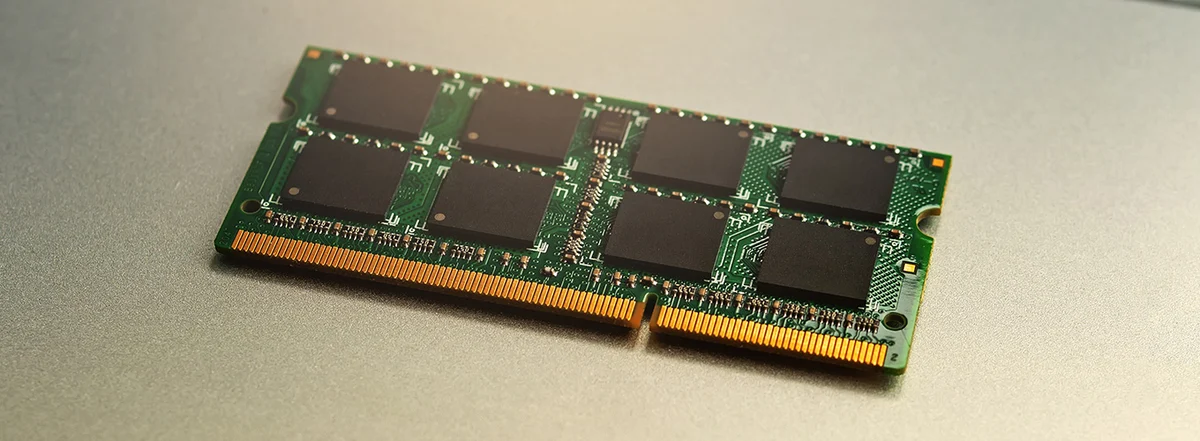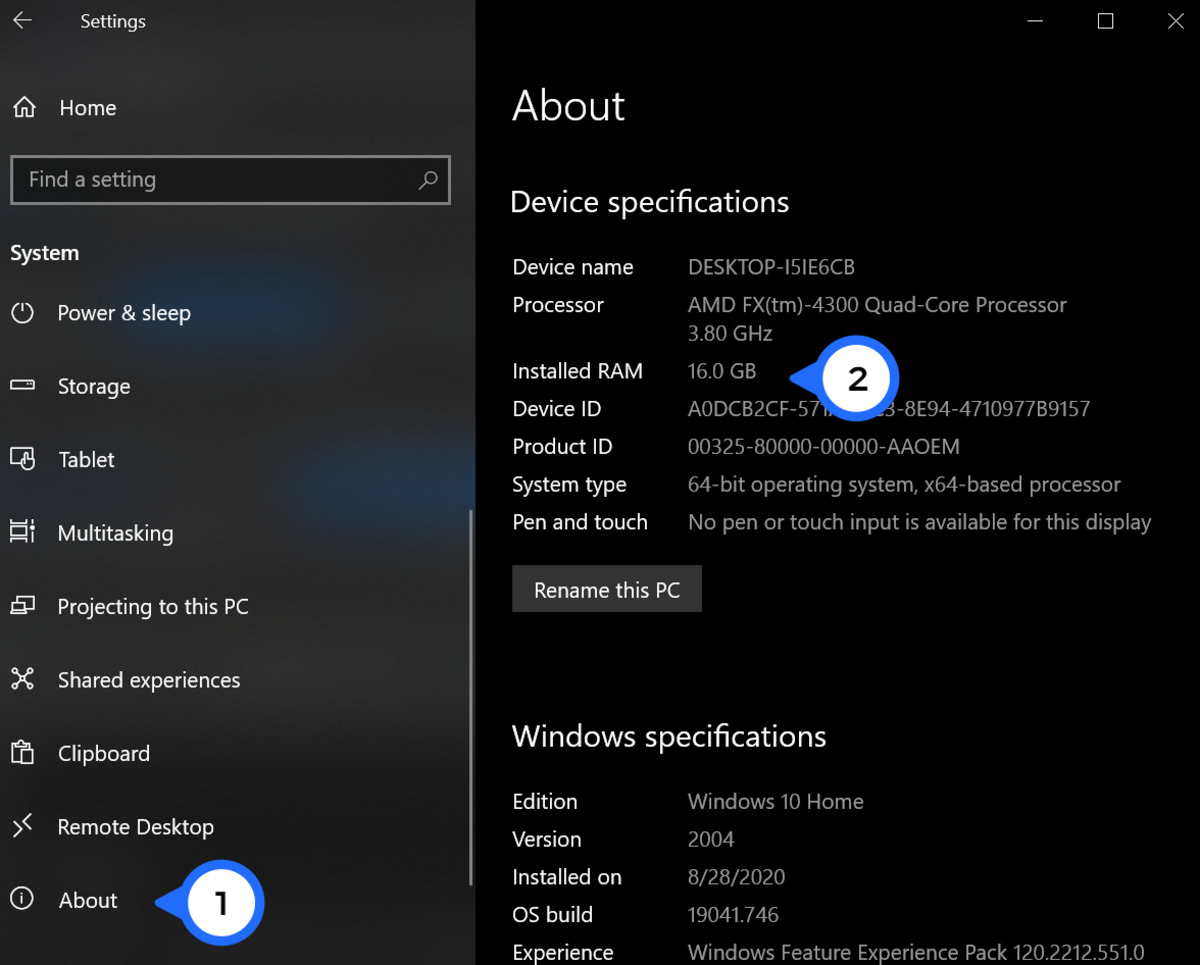Introduction
RAM speed is an important factor to consider when assessing the performance of your computer. Random Access Memory (RAM) acts as temporary storage for data that your computer needs to access quickly. The speed at which RAM can read and write data can impact the overall speed and responsiveness of your computer.
Knowing the RAM speed of your computer can be useful in a variety of scenarios. For gamers, it can help determine if their system meets the requirements for running demanding games smoothly. For professionals working with resource-intensive applications like video editing software or 3D modeling tools, understanding the RAM speed can indicate how efficiently their system can handle such tasks.
In this article, we will explore multiple methods to check RAM speed in Windows. Whether you prefer using built-in tools or third-party software, we have got you covered. By following these methods, you will be able to easily determine the speed of your computer’s RAM and make informed decisions about upgrading or optimizing your system.
Note that the methods mentioned in this article are applicable to Windows 10 and may vary slightly depending on your specific operating system version. So without further ado, let’s dive into the methods to check RAM speed on your Windows computer.
Method 1: Using Task Manager
The Task Manager is a built-in utility in Windows that provides detailed information about running processes, performance metrics, and resource usage. It also allows you to check the speed of your computer’s RAM. Here’s how to do it:
- Press “Ctrl + Shift + Esc” on your keyboard to open the Task Manager.
- In the Task Manager window, click on the “Performance” tab.
- Under the “Performance” tab, click on “Memory” in the left-hand sidebar.
- In the “Memory” section, you will find information about your computer’s RAM, including the speed.
The RAM speed is displayed in the “Speed” column, usually represented in megahertz (MHz). It indicates how quickly data can be read from or written to the memory module. Higher MHz values indicate faster RAM speed.
This method provides a quick and convenient way to check your computer’s RAM speed without the need for any additional software. However, it is worth noting that the Task Manager’s information may not always be 100% accurate, especially if your computer has multiple RAM modules with different speeds. In such cases, it is recommended to use alternative methods for a more accurate measurement.
Method 2: Using System Information
Another built-in tool in Windows that can provide detailed information about your computer’s hardware configuration, including the RAM speed, is the System Information utility. Here’s how you can use it to check your RAM speed:
- Press the “Windows” key + “R” on your keyboard to open the Run dialog box.
- Type “msinfo32” in the Run dialog box and hit Enter.
- The System Information window will open, providing an overview of your system.
- In the left-hand sidebar, click on “Components” to expand the menu.
- Under the “Components” menu, click on “Memory”.
- In the right-hand pane, you will find information about your computer’s RAM, including the speed.
The RAM speed is listed as “Speed” and is usually displayed in megahertz (MHz). Similar to the Task Manager method, a higher MHz value indicates faster RAM speed.
The System Information utility provides a comprehensive overview of your computer’s hardware configuration, making it a reliable source to check your RAM speed. It also provides additional details such as the type of RAM installed, the total physical memory, and more.
While this method is reliable, it may not be as user-friendly as some other methods, especially for users who are not familiar with navigating system utilities. If you prefer a more straightforward approach, consider the alternative methods outlined in this article.
Method 3: Using Command Prompt
If you’re comfortable using the Command Prompt, it offers a direct way to check your computer’s RAM speed. Here’s how you can do it:
- Open the Command Prompt by pressing the “Windows” key + “R” on your keyboard, typing “cmd” in the Run dialog box, and hitting Enter.
- In the Command Prompt window, type the following command and press Enter:
wmic MEMORYCHIP get DeviceLocator, Speed - The Command Prompt will display information about each memory module installed in your system, including the Device Locator (which indicates the physical location of the module) and the Speed (which indicates the RAM speed).
The RAM speed will be displayed in megahertz (MHz). Each line represents a different memory module, so if you have multiple modules installed, you will see multiple lines with their respective speeds.
The Command Prompt method provides a straightforward and precise way to check your computer’s RAM speed, without the need for any third-party software. However, it may not be as user-friendly for those who are not familiar with using Command Prompt commands.
If you prefer a more user-friendly approach, consider the alternative methods outlined in this article. However, if you’re comfortable with the Command Prompt, this method can provide you with accurate information about your RAM speed.
Method 4: Using Third-Party Software
If you prefer a more user-friendly and comprehensive way to check your computer’s RAM speed, you can utilize third-party software specifically designed for system monitoring and diagnostics. There are many reliable options available that can provide detailed information about your RAM speed and other hardware specifications. Here are a few examples:
- CPU-Z: CPU-Z is a popular and widely used software that provides detailed information about various computer components, including RAM speed. Simply download and install CPU-Z from the official website, launch the program, and navigate to the “Memory” tab to find your RAM speed.
- Speccy: Speccy is another reliable software that provides a comprehensive overview of your computer’s hardware. Download and install Speccy, launch the program, and go to the “RAM” section to find your RAM speed.
- AIDA64: AIDA64 is a powerful system diagnostics and benchmarking tool. It offers in-depth information about your hardware, including RAM speed. Download and install AIDA64, launch the program, and navigate to the “Memory” section to find the details of your RAM.
These are just a few examples of third-party software that can provide you with detailed information about your RAM speed. Remember to download them from reputable sources and always exercise caution when installing software from the internet. Take advantage of the features offered by these programs to not only check your RAM speed but also explore other system specifications that may be of interest to you.
Using third-party software is often the preferred method for those who want a user-friendly interface and access to additional system diagnostics. It provides a hassle-free way to obtain accurate details about your computer’s RAM speed and can be a valuable tool for monitoring system performance.
Conclusion
Checking your RAM speed in Windows is essential for understanding your computer’s performance capabilities and determining if an upgrade is necessary. In this article, we explored four methods to check RAM speed:
- Using Task Manager: The built-in Task Manager provides a quick and easy way to check your RAM speed.
- Using System Information: Windows’ System Information utility offers a comprehensive overview of your system, including RAM speed.
- Using Command Prompt: For those comfortable with the Command Prompt, it provides a direct method to check RAM speed.
- Using Third-Party Software: Various third-party software, such as CPU-Z, Speccy, and AIDA64, can provide detailed information about RAM speed and other hardware specifications.
Each method has its advantages and level of complexity, allowing you to choose the most suitable option based on your familiarity with the tools and your desired level of detail.
Remember that RAM speed is just one factor affecting overall system performance. While it is essential, consider other factors such as the amount of RAM installed, CPU speed, and storage speed when evaluating your computer’s capabilities.
Regularly checking your RAM speed can help you identify potential bottlenecks and make informed decisions about system upgrades or optimization. Whether you’re a gamer, professional, or casual user, understanding your computer’s RAM speed empowers you to optimize your workflow and enhance your overall computing experience.
So, go ahead and try out these methods to check your RAM speed in Windows and unleash the full potential of your system!







